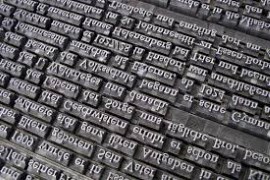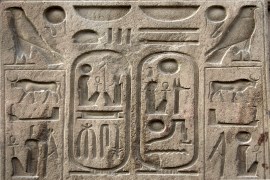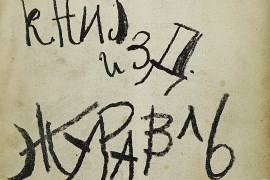Livre | Chapitre
Self-acquaintance and the meaning of "i"
pp. 198-207
Résumé
David Hume begins the section of A Treatise of Human Nature on personal identity with the sentence: "There are some philosophers, who imagine we are every moment intimately conscious of what we call our self; that we feel its existence and its continuance in existence; and are certain, beyond the evidence of a demonstration, both of its perfect identity and simplicity".1 One of the philosophers he may have had in mind is Joseph Butler. In his dissertation, Of Personal Identity, Butler says that "by reflecting upon that, which is my self now, and that, which was my self twenty years ago, I discern they are not two, but one and the same self".2 This presupposes that a person (a) is now conscious of the self he is now; (b) is now conscious of the self he was at some time in the past; and (c) can discern the identity of the self he is now and the self he was at some time in the past. To do the last is presumably, in Hume's words, to feel his self's "continuance in existence".
Détails de la publication
Publié dans:
Vesey Godfrey (1991) Inner and outer: essays on a philosophical myth. Basingstoke, Palgrave Macmillan.
Pages: 198-207
DOI: 10.1007/978-1-349-21639-0_14
Citation complète:
Vesey Godfrey, 1991, Self-acquaintance and the meaning of "i". In G. Vesey Inner and outer (198-207). Basingstoke, Palgrave Macmillan.










